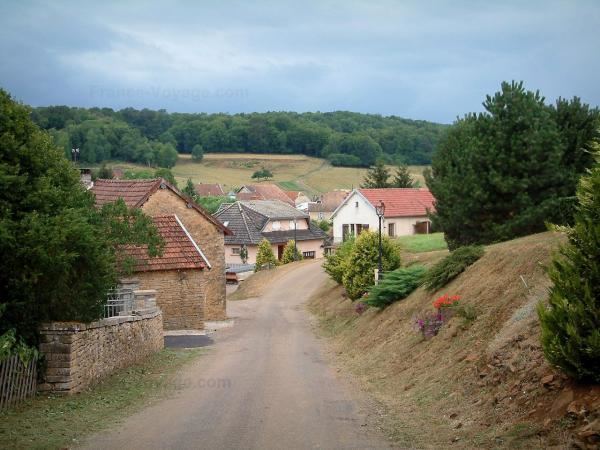Country France Time zone CET (UTC+1) Arrondissements 2 | Department number 70 Area 5,360 km² Population 238,956 (2013) | |
 | ||
Region Bourgogne-Franche-Comté Points of interest Notre Dame du Haut, Château d'Oricourt, Lac de Vesoul – Vaivre, La Planche des Belles Filles, Ludolac Destinations Ballons des Vosg, Luxeuil‑les‑Bains, Vesoul, Faucogney‑et‑la‑Mer, Ronchamp | ||
Rallye de haute sa ne 2014 crash beaux passages es2 4 5 6
Haute-Saône ([ot.soːn]; Arpitan: Hiôta-Sona) is a French department of the Bourgogne-Franche-Comté region named after the Saône River.
Contents
- Rallye de haute sa ne 2014 crash beaux passages es2 4 5 6
- Map of Haute SaC3B4ne France
- Administration
- History
- Geography
- Economy
- Demographics
- References
Map of Haute-Sa%C3%B4ne, France
Administration
Haute-Saône is divided into 2 arrondissements and 17 cantons.
History
The department was created in the early years of the French Revolution through the application of a law dated 22 December 1789, from part of the former province of Franche-Comté. The frontiers of the new department corresponded approximately to those of the old Bailiwick of Amont.
Geography
Haute-Saône is part of the Bourgogne-Franche-Comté region. Neighbouring departments are Côte-d'Or to the west, Haute-Marne to the north-west, Vosges to the north, Territoire de Belfort to the east, Doubs to the south and east and Jura to south.
The department can be presented as a transitional territory positioned between several of the more depressed departments of eastern France and the so-called Blue Banana zone characterised, in recent decades by relatively powerful economic growth.
Economy
The department is overwhelmingly rural, despite the area having been at the forefront of industrialisation in the eighteenth century. The industrial tradition endures, but industrial businesses tend to be on a small scale. In 2006 employment by economic sector was reported as follows:
* Agriculture 4,919 employees* Construction 4,504 employees* Industrial sector 18,747 employees* Service sector 44,865 employeesDemographics
In common with many rural departments in France, Haute-Saône has experienced a savage reduction in population, from nearly 350,000 in the middle of the nineteenth century to barely 200,000 on the eve of the Second World War, as people migrated to newly industrialising population centres, often outside Metropolitan France.
During the second half of the twentieth century the mass mobility conferred by the surge in automobile ownership permitted some recovery of the population figure to approximately 234,000 in 2004.
The rural nature of the department is highlighted by the absence of large towns and cities. Even the department's capital, Vesoul, still had a population below 20,000 in 2010.
